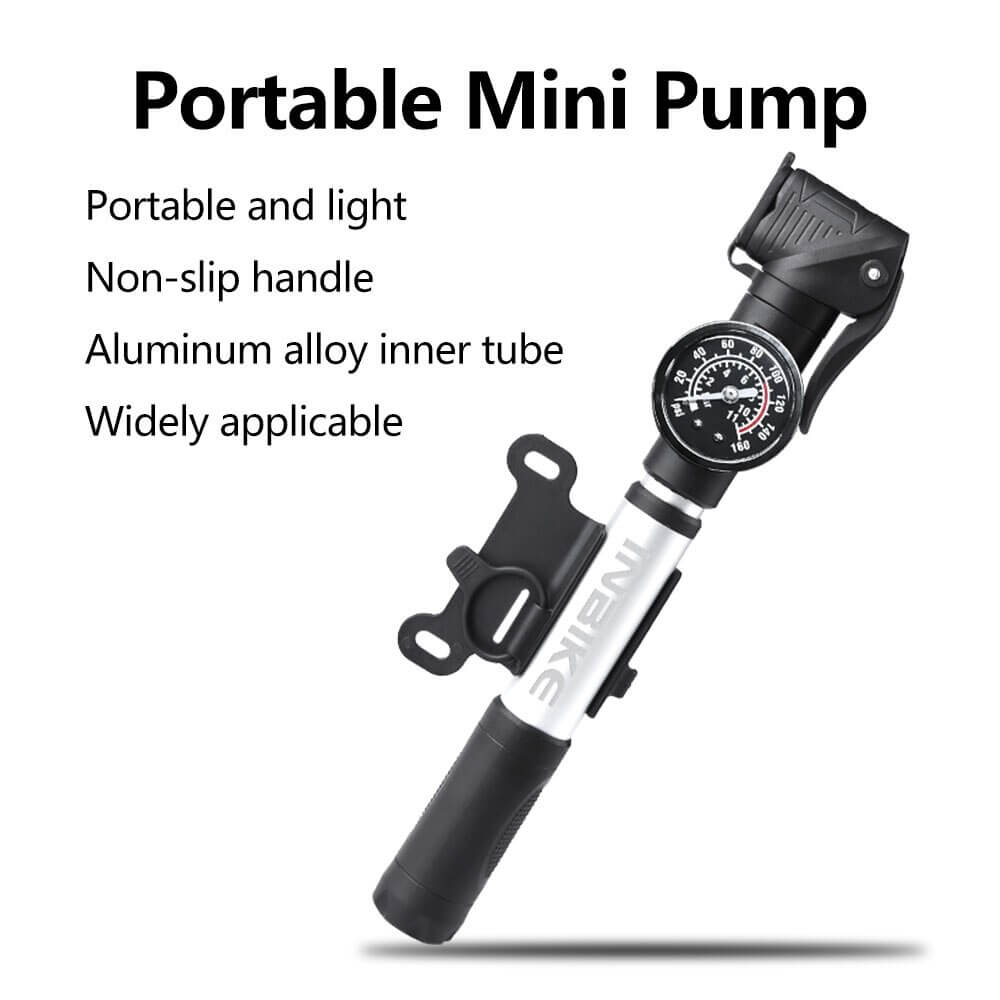How to Choose the Right Bike Pump
Having a reliable bike pump is an essential part of any cyclist’s equipment. Whether you’re fixing a flat tire on the road or topping up air pressure before a ride, selecting the right type of bike pump can make these tasks quick and easy. Here are the key factors to consider when choosing a bike pump:
Bike Pump Types
The two main types of bike pumps are floor/track pumps and portable pumps. Floor and track pumps are operated by standing on a large base for increased airflow and leverage. These are best for home use due to their larger size. Portable pumps are smaller for carrying while cycling. Popular portable styles include frame pumps, mini pumps, CO2 inflators and hand pumps.

Intended Use
Consider when and where you’ll typically use the pump. Floor and track pumps are ideal for home use to top up tire pressure. Frame, mini and hand pumps are portable to carry on rides for emergency flats. CO2 inflators quickly blast a tire full of air but the cartridges must be replaced. Think about your riding style – longer distance and mountain bikers may get more flats.
Pressure Capabilities
Bike pumps differ in their maximum pressure capabilities. Road bikes require higher pressure, usually 100-120 psi. Mountain bikes run lower around 30-50 psi. Track pumps easily achieve high pressures. But most portable pumps max out at 80-100 psi. So mountain bikers can use almost any pump, while road cyclists need higher volume pumps.

Features
Look for bike pumps with an easy-to-read pressure gauge for accurate inflation. A wide, stable base and longer hose on floor pumps provides more leverage for high pressures. Portable pumps should have a secure mount (frame fit or Velcro strap). Dual action pumps inflate on both up and down strokes. Higher end pumps may have a PSI/BAR dial and swappable valve fittings.
Build Quality
Look for durable materials like steel or alloy for barrels and a sturdy base. Rubber or plastic handles should be comfortable to grip and pump. Internal seals and gaskets should provide good airflow without leaks. Premium pumps may have replaceable seals when they eventually wear out. Cheap plastic pumps often break easily.
Valve Compatibility
Bike pumps attach to either Presta or Schrader valve stems. Many pumps now feature dual-head fittings to accommodate both valve types – important if you own bikes with different valves. Some pumps require swapping adapters, while others have a flip dial or auto-sensing heads. Make sure the pump fits your bike’s valves.

Size/Weight
For portable pumps, give preference to mini pumps that provide a good balance of small size versus inflation power. Consider the kinds of spaces you can store it – pocket, bag or bike frame mounts? Also check the weight, as the pump will be extra cargo on your bike. Heavier duty pumps often weigh more.
Ease of Use
Look for a bike pump that’s easy and intuitive to use. Longer hoses provide more clearance around valves. Buttons or quick-flips make it easy to switch between Presta and Schrader. Easy-grip and ergonomic handles reduce hand fatigue from pumping. Higher end pumps will be very efficient and fast to reach riding pressure.
Price
Bike pumps range in price from about $10-$100. Inexpensive pumps often work decently but durability and performance can suffer. Mid-range options around $30-60 provide good functionality for most. Higher end pumps will be very efficient and durable but might not warrant the cost for casual cyclists.
By considering these key factors – your needs, pressure capability, features, quality, valve compatibility, size, ease of use and price – you can select a bike pump that works reliably and makes your cycling less stressful. Invest in a quality inflation tool that fits your style of riding and you’ll be back up and pedaling in no time after a flat.

